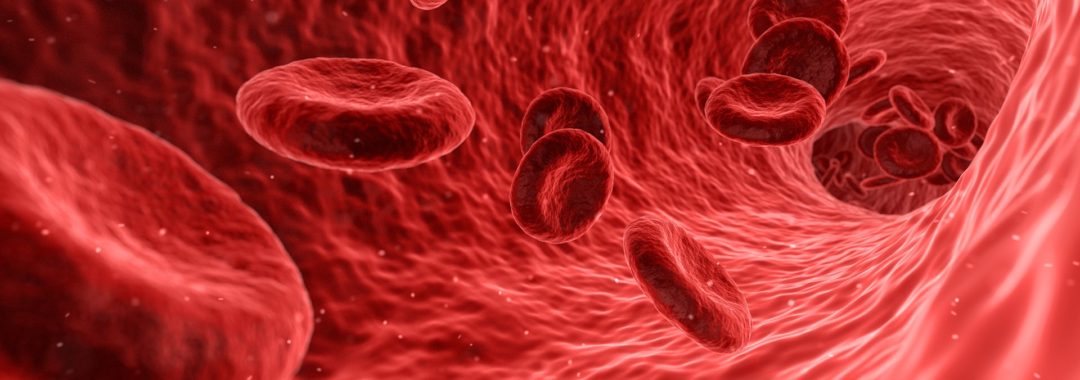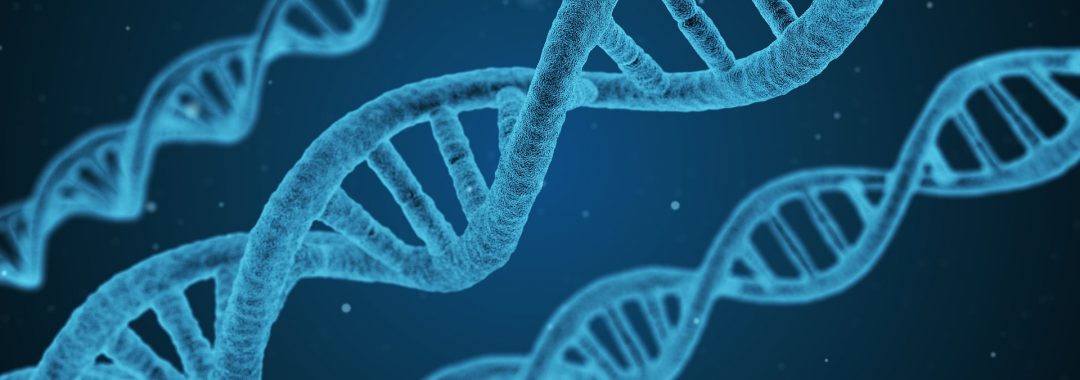Von Willebrand Disease (VWD) is the most common inherited bleeding disorder diagnosed in women with heavy abnormal uterine bleeding, due to a coagulation defect.
Women with this disease may also have some tendency to bruising/nosebleeds in childhood but it will be when they get there first period that deficiency in von Willebrand factor – an essential protein required for both normal platelet function and as a co-factor to Factor VIII in the clotting cascade, most frequently presents.
A parent with VWD has a 50 per cent chance of passing the affected gene on to each child. VWD can affect both men and women. Sometimes genes mutate or change and can skip generations. Sometimes a child may have VWD but there was no family history of the condition. This means that VWD can occur in any family.
Women with this condition will present with excessive or prolonged bleeding with all other investigations normal (e.g. structural abnormalities are excluded). The diagnosis of Von Willebrand’s disease is by means of a coagulation screen and vWF antigen testing.
History behind Von Willebrand’s disease
Von Willebrand’s disease is named after Dr Erik Adolf von Willebrand, a Finnish paediatrician. In 1924, a 5-year-old girl was brought to the hospital in Helsinki where von Willebrand worked. He diagnosed her with a bleedingdisorder which he recognised was different from the haemophilia which was initially suspected. He subsequently assessed 66 members of her family and in 1926 first described the disease and its inheritance.
Von Willebrand’s disease is the commonest coagulation defect in humans-but is also seen in dogs (notably Doberman Pinschers),and more rarely in swine, cattle, horses, and cats.
Symptoms of Von Willebrand’s Disease
Many people with the disease do not have any symptoms. Those who do may find that they:
- have lots of nosebleeds
- bruise easily
- have heavy menstrual (period) flow
- bleed excessively from the mouth.
- The presence in your menstrual flow of blood clots greater than 1 inch (2.5 centimeters) in diameter
- The need to change your menstrual pad or tampon more often than hourly
- The need to use double sanitary protection to control menstrual flow
- Symptoms of anemia, including tiredness, fatigue or shortness of breath
There are three main types of VWD:
- Type 1
- Type 2
- Type 3.
These can be broken down into further categories. The most common are types 2A and 2B.
Complications of von Willebrand disease may include:
- Anaemia– Women who experience heavy menstrual bleeding are more at risk of iron deficiency anaemia.
- Swelling and pain-If abnormal bleeding occurs in the joints or soft tissue, swelling and severe pain can result.
- Death from bleeding –Rarely, someone with Von Willebrand’s Disease may experience uncontrolled bleeding that can be life-threatening and needs emergency medical attention.
There are hormones and other medications that can help with the acute bleeding that can present with VWD.
Although Von Willebrand’s Disease is the most common pathology, other bleeding disorders including thrombocytopaenia and haemophilias should be considered. Consultation with a haematologist should be considered when a coagulation defect is diagnosed, or when the history suggests a clotting disorder. The main aim is to to manage the underlying disease but to also help with effective menstrual regulation (usually with combined contraceptive pills).
Regards
Andrew Orr
-Women’s and Men’s Health Advocate
-No Stone Left Unturned

